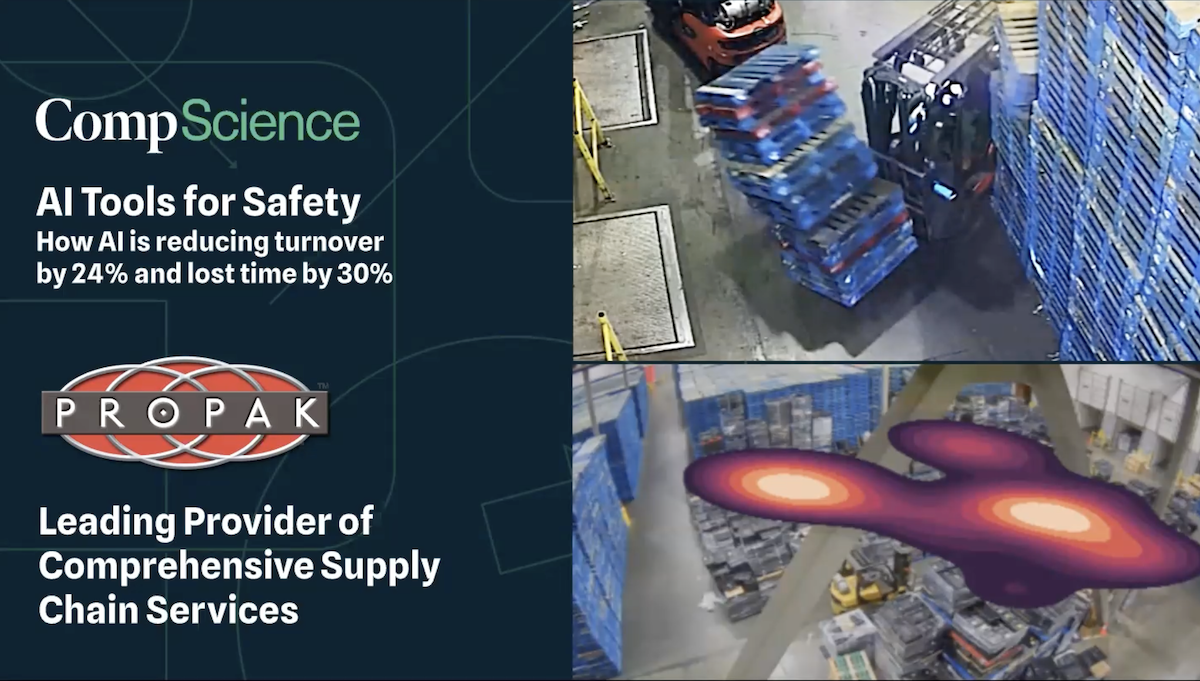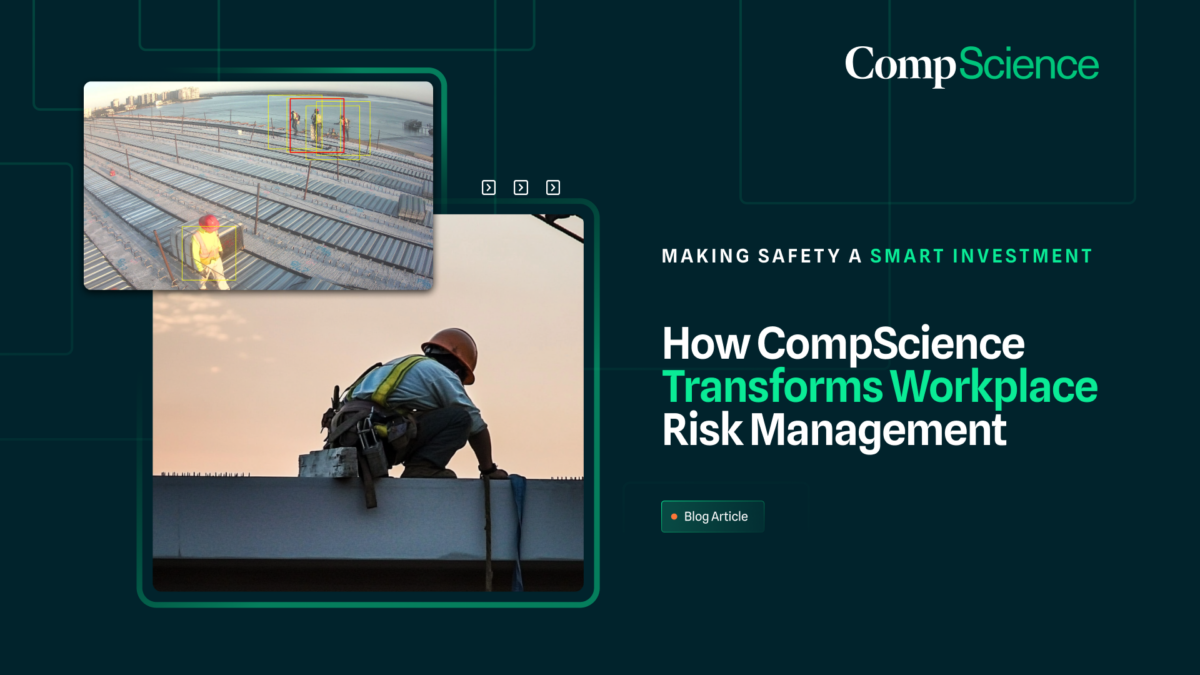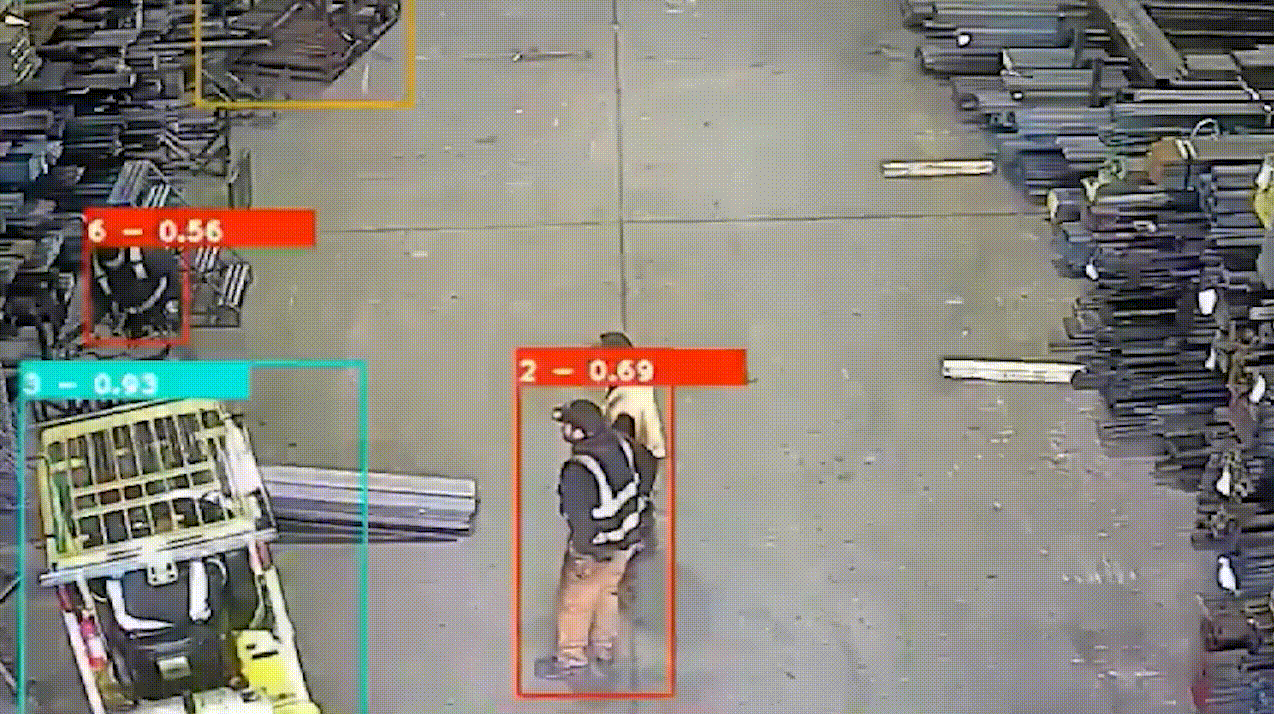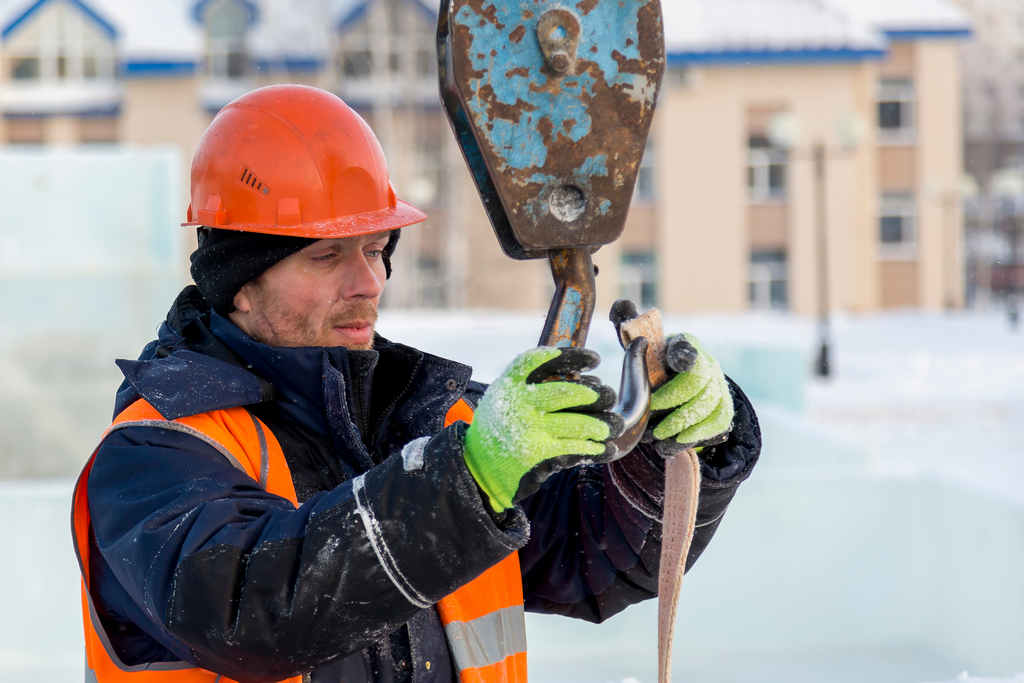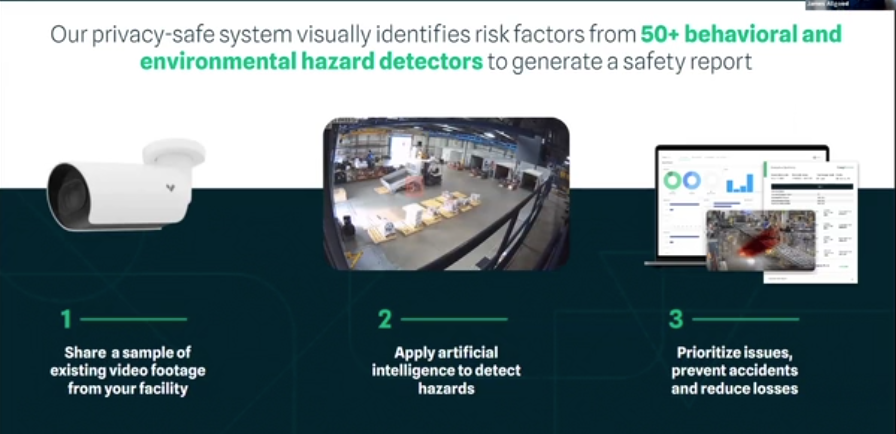Safe Working Environments Assured with AI-Powered Risk Reduction Programs
Artificial Intelligence (AI) is transforming the way we live and work, and the field of workplace safety is no exception. AI-powered risk reduction programs are becoming an increasingly important tool for promoting a safe working environment. These programs use machine learning algorithms to analyze data from various sources and identify potential safety hazards before they become serious issues. In this article, we will discuss how AI-powered risk reduction programs promote a safe working environment.
Identifying Potential Hazards
One of the most significant benefits of AI-powered risk reduction programs is their ability to identify potential hazards before they cause harm. These programs can analyze data from various sources, such as safety reports, incident records, and even social media, to identify patterns and trends that could indicate a potential safety hazard.
For example, if an AI-powered program detects that a particular type of equipment is more likely to cause injuries, it can alert safety managers to take corrective action. By identifying potential hazards early on, AI-powered risk reduction programs can help prevent accidents and injuries from occurring in the first place.
Monitoring Safety Compliance
Another way that AI-powered risk reduction programs promote a safe working environment is by monitoring safety compliance. These programs can analyze data from various sources, such as employee training records and safety inspection reports, to ensure that all employees are following safety protocols and procedures.
If an AI-powered program detects that an employee has not completed their required safety training or is not following safety protocols, it can alert safety managers to take corrective action. By monitoring safety compliance, AI-powered risk reduction programs help ensure that all employees are following the necessary safety procedures and help prevent accidents and injuries from occurring due to human error.
Predicting Accidents
AI-powered risk reduction programs can also predict accidents before they happen. By analyzing data from various sources, such as weather reports and employee schedules, these programs can identify potential safety hazards and alert safety managers to take corrective action.
For example, if an AI-powered program detects that a particular area of the workplace is more likely to experience slip and fall accidents during certain weather conditions, it can alert safety managers to take precautions, such as placing warning signs or increasing the frequency of cleaning.
By predicting accidents before they happen, AI-powered risk reduction programs can help prevent accidents and injuries from occurring in the first place.
Improving Emergency Response
In the event of an accident or emergency, AI-powered risk reduction programs can help improve emergency response times. These programs can analyze data from various sources, such as emergency call records and employee locations, to identify the quickest and safest routes for emergency responders to take.
By providing real-time data on the location of the accident and the status of the injured employee, AI-powered risk reduction programs can help emergency responders make informed decisions about the best course of action. By improving emergency response times, AI-powered risk reduction programs can help reduce the severity of injuries and potentially save lives.
Conclusion
AI-powered risk reduction programs are revolutionizing workplace safety by identifying potential hazards, monitoring safety compliance, predicting accidents, and improving emergency response times. By leveraging the power of machine learning algorithms, these programs can analyze vast amounts of data from various sources to identify patterns and trends that could indicate a potential safety hazard.
By identifying potential safety hazards early on, AI-powered risk reduction programs can help prevent accidents and injuries from occurring in the first place. Additionally, by monitoring safety compliance, predicting accidents, and improving emergency response times, these programs can help ensure a safe working environment for all employees.
Further reading: What Is A Safe Working Environment?

